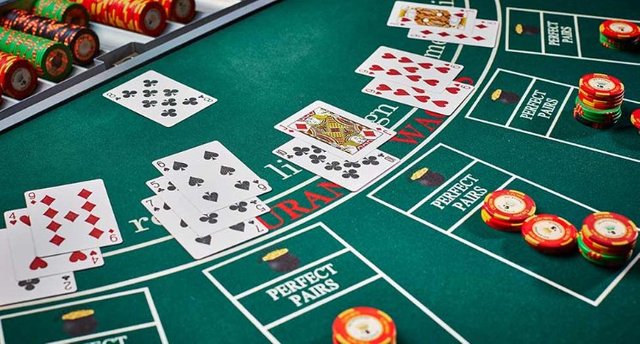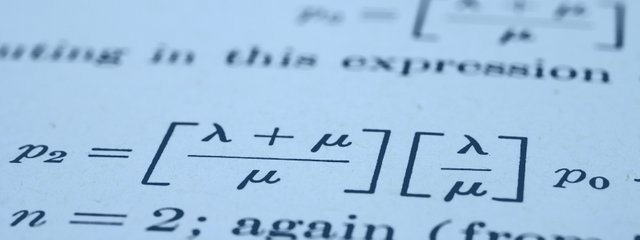Blackjack in Infrastructure

When you own aging physical infrastructure, there is game that you play that is a lot like blackjack. The potential winnings from optimal play are huge, and are now recoverable thanks to the technology of programmable money.
To win in blackjack you need a card total that is higher than the dealer’s, but not over 21. When it’s your turn, you have to decide whether to draw another card (hit) from the deck or to stand. All you have to do is to decide whether to take more cards from the deck. If you take another card and you’re over 21, you lose. If you stand, and the dealer’s hand is higher than yours, you lose. It’s a question of timing. Stand too soon, you lose; stand too late you lose.
When you own physical, capital assets, they age, cost more to keep, and obsolesce. Just like in blackjack, you are faced with the same binary decision every year of whether to replace the asset (stand), or to hit another year with the old asset. As in blackjack, it is a question of timing. If you replace too soon, you lose; if you replace too late, you lose.
In blackjack there are algorithms, called card counting, that let you bias the number of wins in your favor. In the short term, there can be fluctuations up and down. But, over many trials, the law of large numbers predicts that the method will win out. If you believe that expectations add up, you can play blackjack with a strong bias towards winning, and you can break the casino. You can theoretically and practically beat the game. The technique is so powerful that if the casino suspects you are using it, you will be thrown out on the street and told to never come back.
As in blackjack, you can apply mathematical analyses to win at the game of aging infrastructure. However, it’s a much bigger game than the one in Vegas. You can play it with over $100 trillion of the world’s obsolescing, replaceable physical, capital assets that are continually turning over, continually being replaced.

For clarity, the infrastructure game is not truly blackjack. There are similarities, but the mathematics is not the same. The optimal timing analogy is apt. However, there are differences. Unlike blackjack, you don’t lose everything in the infrastructure game when you lose. Also, it is not a closed statistical game; we don’t know the deck a priori, so we need information from hundreds of other blackjack tables to learn the deck, even as we are employing our method.
It’s an open statistical system, like insurance, that needs to aggregate data from many parallel games being played simultaneously to learn the deck. You are free to use machine learning or AI to help. It adds a whole new meaning to team play – the collaboration of players sitting at multiple tables, who have no a priori knowledge of the deck, all working together. Most importantly, you won’t get thrown out of the casino for using your brains.

Today, the infrastructure game is only a theory. You cannot yet practically apply these mathematical analyses to aging infrastructure. It requires a lot of open data, as for an insurance product, that does not yet exist. It also requires a distributed group of players, with specialized technical knowledge, mostly engineers and actuaries, which have yet to be properly incentivized to create this data. That does not yet exist either.
Blockchain technology would let you do all of this. Smart contracts and virtual tokens let you design a microeconomic climate to incentivize a distributed workforce to fully engage in the creation of a ledger of things and data needed to optimize infrastructure replacement decisions one physical asset at a time.

So far, the mathematics of this game has shown that a vast gold mine exists. But it has not yet been implementable or monetizable – until now – until blockchain - until programmable currency, where you can incentivize players to use their engineering and actuarial expertise to mine the gold.
The value of the token used in this game would be bid up by the intrinsic value of the energy, labor, and materials recovered by the owners of aging infrastructure in a game that sustainably balances capital and operating expenditures everywhere. That value would be monetizable in the digital token used to energize an autonomous decision optimization engine.